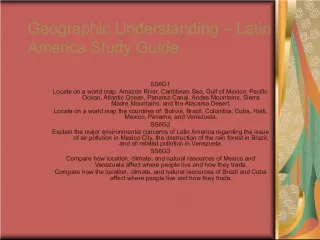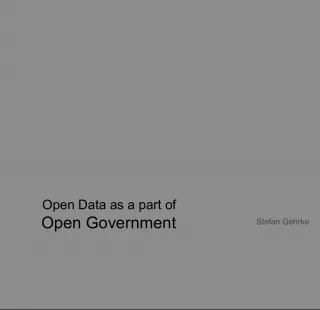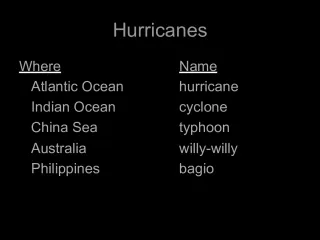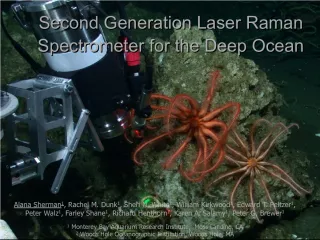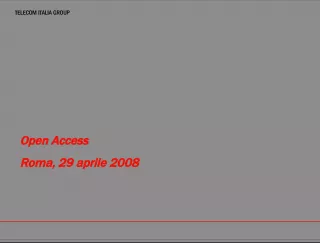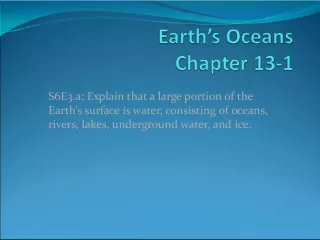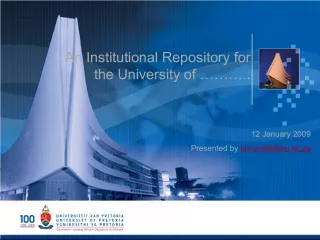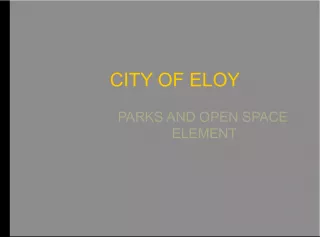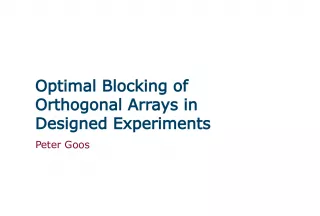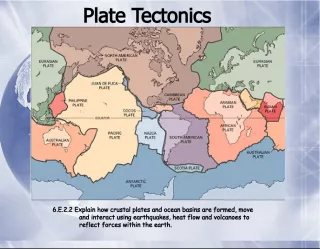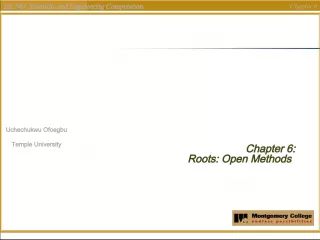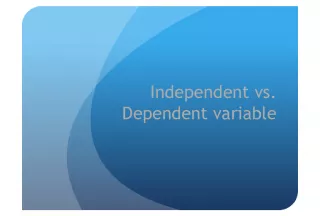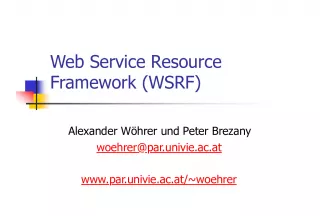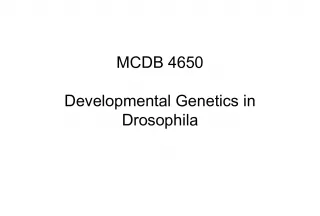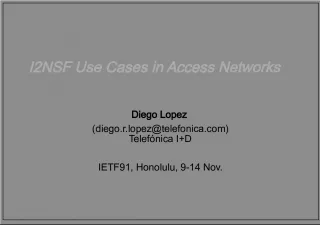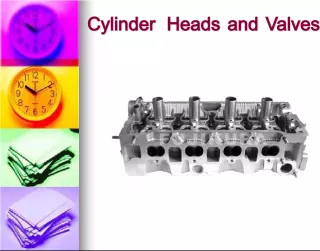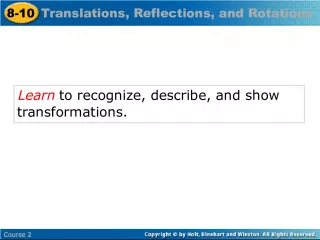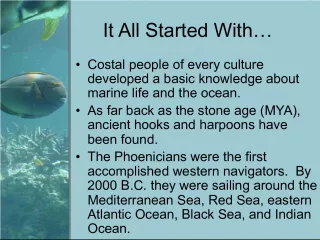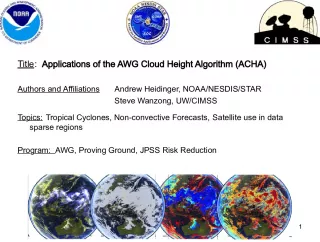"Open Ocean Iron Fertilization Experiments: What We Know and What We Still Need to Understand"
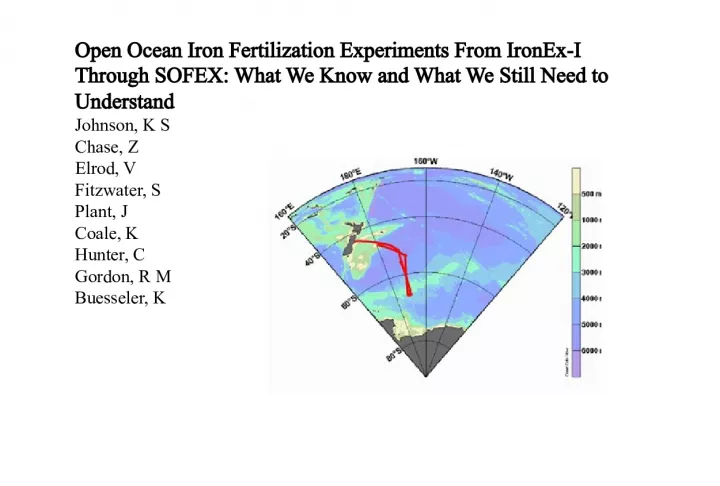

This article discusses the results and insights gained from IronEx I and SOFEX experiments conducted to study the effects of iron fertilization on open ocean ecosystems. The article also highlights the gaps in our understanding of this process and its implications for climate change.
- Uploaded on | 5 Views
-
 vilma
vilma
About "Open Ocean Iron Fertilization Experiments: What We Know and What We Still Need to Understand"
PowerPoint presentation about '"Open Ocean Iron Fertilization Experiments: What We Know and What We Still Need to Understand"'. This presentation describes the topic on This article discusses the results and insights gained from IronEx I and SOFEX experiments conducted to study the effects of iron fertilization on open ocean ecosystems. The article also highlights the gaps in our understanding of this process and its implications for climate change.. The key topics included in this slideshow are . Download this presentation absolutely free.
Presentation Transcript
1. Open Ocean Iron Fertilization Experiments From IronEx-I Through SOFEX: What We Know and What We Still Need to Understand Johnson, K S Chase, Z Elrod, V Fitzwater, S Plant, J Coale, K Hunter, C Gordon, R M Buesseler, K
2. Eight open ocean, iron fertilization experiments have now been conducted.
3. Open ocean iron enrichment experiments that have been conducted to date. All show a strong ecosystem response to iron addition: IronEx I: Equatorial Pacific, 1993. 3-fold increase in chlorophyll. Patch subducted 4 days into the experiment. IronEx II: Equatorial Pacific, 1996. 10-fold increase in chlorophyll, 90 µatm draw down in CO 2 , 5µM drawdown in NO 3 . SOIREE: Pacific sector of Southern Ocean, 1999. South of Polar Front. 6-fold increase in integrated chlorophyll, 25 µatm draw down in CO 2 , 2 µM draw down in NO 3 . EisenEx: Atlantic sector of Southern Ocean, 2000. Dispersion into an eddy, 4x increase in chlorophyll. SEEDS: Western subarctic Pacific Ocean, 2001. 40-fold increase in chl, 13 µM draw down in NO 3 . SOFeX North: Pacific sector of Southern Ocean, 2002. North of Polar Front. >10x increase in chlorophyll, >40 µatm draw down in CO 2 . SOFeX South: Pacific sector of Southern Ocean, 2002. South of Polar Front. >10x increase in chlorophyll, >40 µatm draw down in CO 2 . SERIES: Eastern subarctic Pacific Ocean, 2002. ~10 µM NO 3 draw down.
4. We have developed a good (but not perfect) understanding of the role of iron in stimulating a shift- up in the ecosystem.
5. In previous experiments, only IronEx II shows an appreciable carbon export signal. This experiment was not designed to study export (e.g. only 6 234 Th obs.) and we do not have a good understanding of bloom termination. Is SOFEX the solution?
6. SOFEX South shows a modest increase in carbon flux. Iron fertilized export is not higher than fluxes measured during AESOPS (10 to 16 mmol/m 2 /d). Only ~ 3%/d of carbon is exported (=14 mmol C/m 2 /d /(14 mmol POC/m 3 * 30 m mixed layer))
7. SOFEX North Patch as seen by MODIS on Feb. 5. The 15 km x 15 km patch created on Jan. 12 to 14 had grown to be 4 km x 230 km and still blooming.
8. SOFEX North Patch survey by Revelle on Feb. 8/9
9. North Patch iron drops ~20x (4/0.2) in 22 days following last addition. Loss rate is ~15%/day. SF 6 drops ~70x (100/1.4) in same time frame. Loss rate is ~21%/day. Gas exchange ~11%/d in South Patch. Horizontal diffusion ~21%-11% = 10%/d. Iron loss rates (15%/d) are ~10%/d by diffusion and ~5%/d by bio. uptake and scavenging.
10.
11.
12. SF6 loss in South Patch is dominated by gas exchange (11%/d mean). Mixing losses of SF6 and, presumably, iron are quite small (3 to 7%/day).
13. What happens in the South Patch? We add iron as Fe(II), which our analytical method doesn’t measure. In warm water, Fe(II) is rapidly (minutes) oxidized to Fe(III), which we do measure. Oxidation rate is slow in So. Patch (days).
14. After 1st Fe addition - +0.7 nM total After 2nd Fe addition - +1.4 nM total After 4th Fe addition - +2.8 nM total Low temperatures (-0.6°C) in South Patch reduced Fe(II) oxidation rate and iron losses were likely even lower than in N. Patch. What is impact on biota?
15. In contrast, Fe loss during IronEX II was very rapid, due to extreme rates of horizontal mixing: SF 6 lost at 48%/d! Is that why IronEx II had export?
16. Conclusions: • Major loss of iron in SOFEX North Patch was mixing & not uptake or scavenging. • Phytoplankton were probably never iron limited in the North Patch. Would large amounts of export have occurred? • Iron oxidation rate in SOFEX South Patch was very slow (days). Iron was likely lost at a much slower rate than in North Patch. • Were phytoplankton iron limited in the South Patch? Concentrations were probably not extremely low over the 28 day observing period. • Observing export might require an experiment longer than 28 days or warmer water.
17. Thanks to REVELLE, MELVILLE & POLAR STAR scientists & special thanks to NSF & MBARI for support

